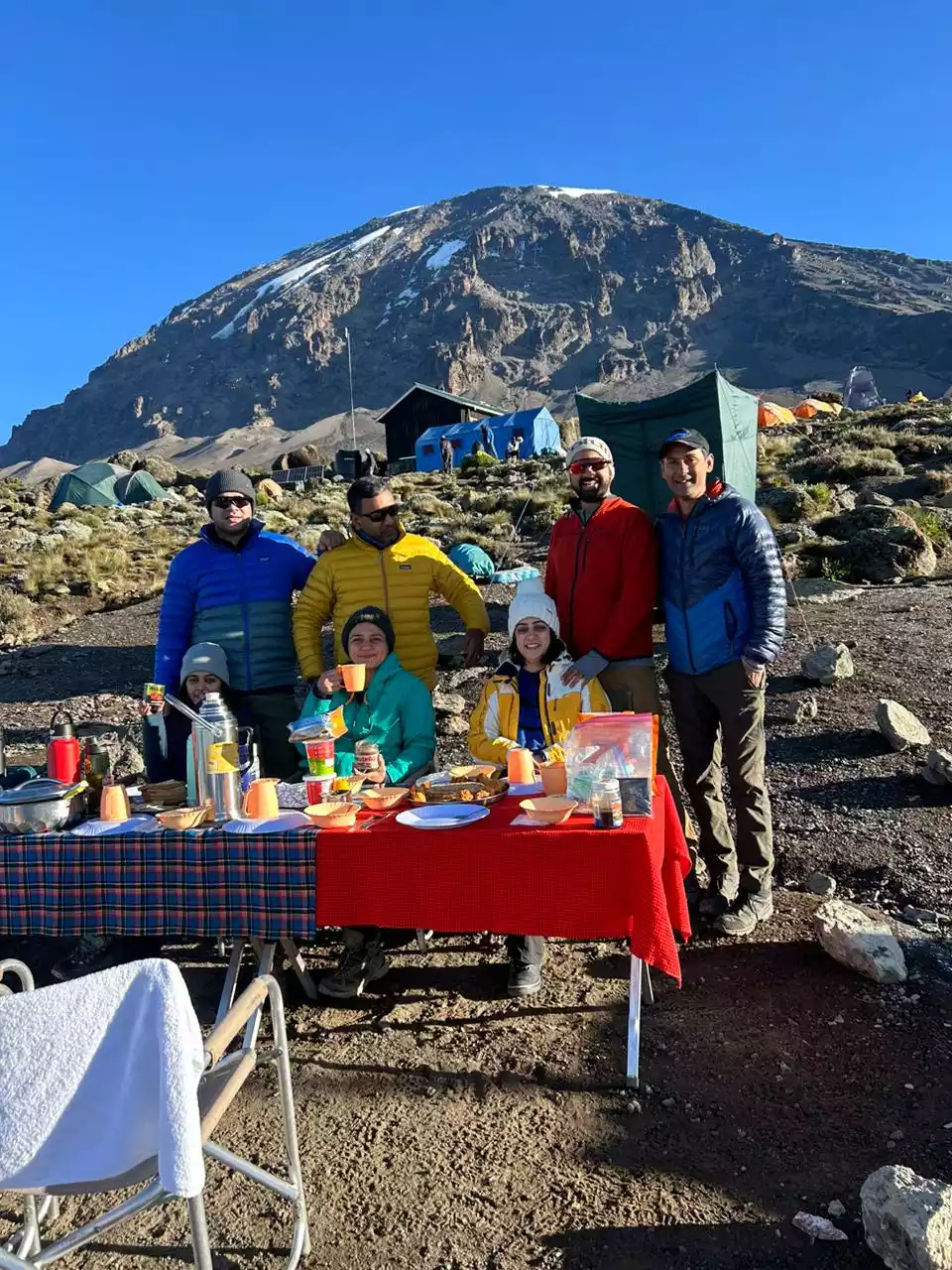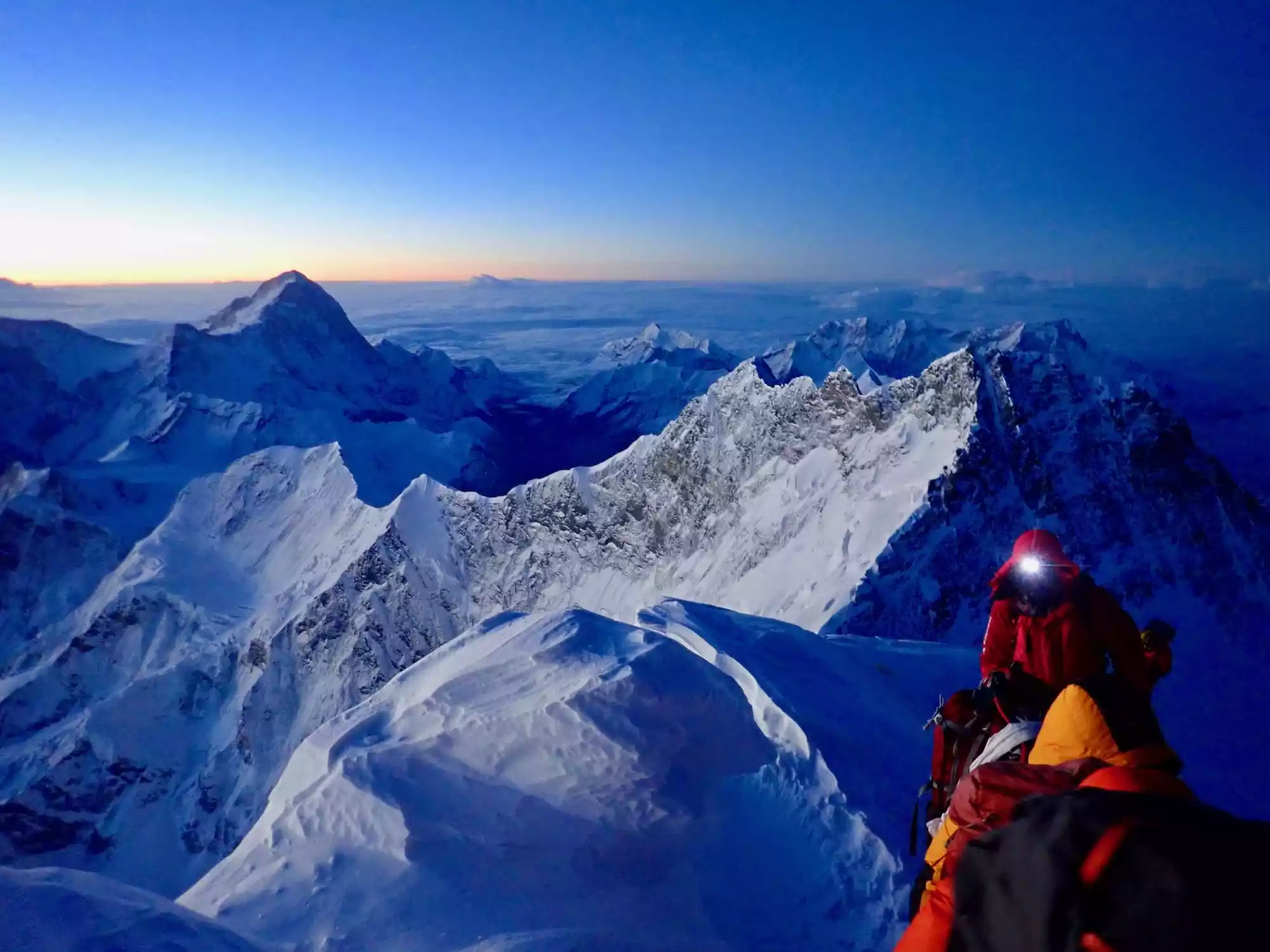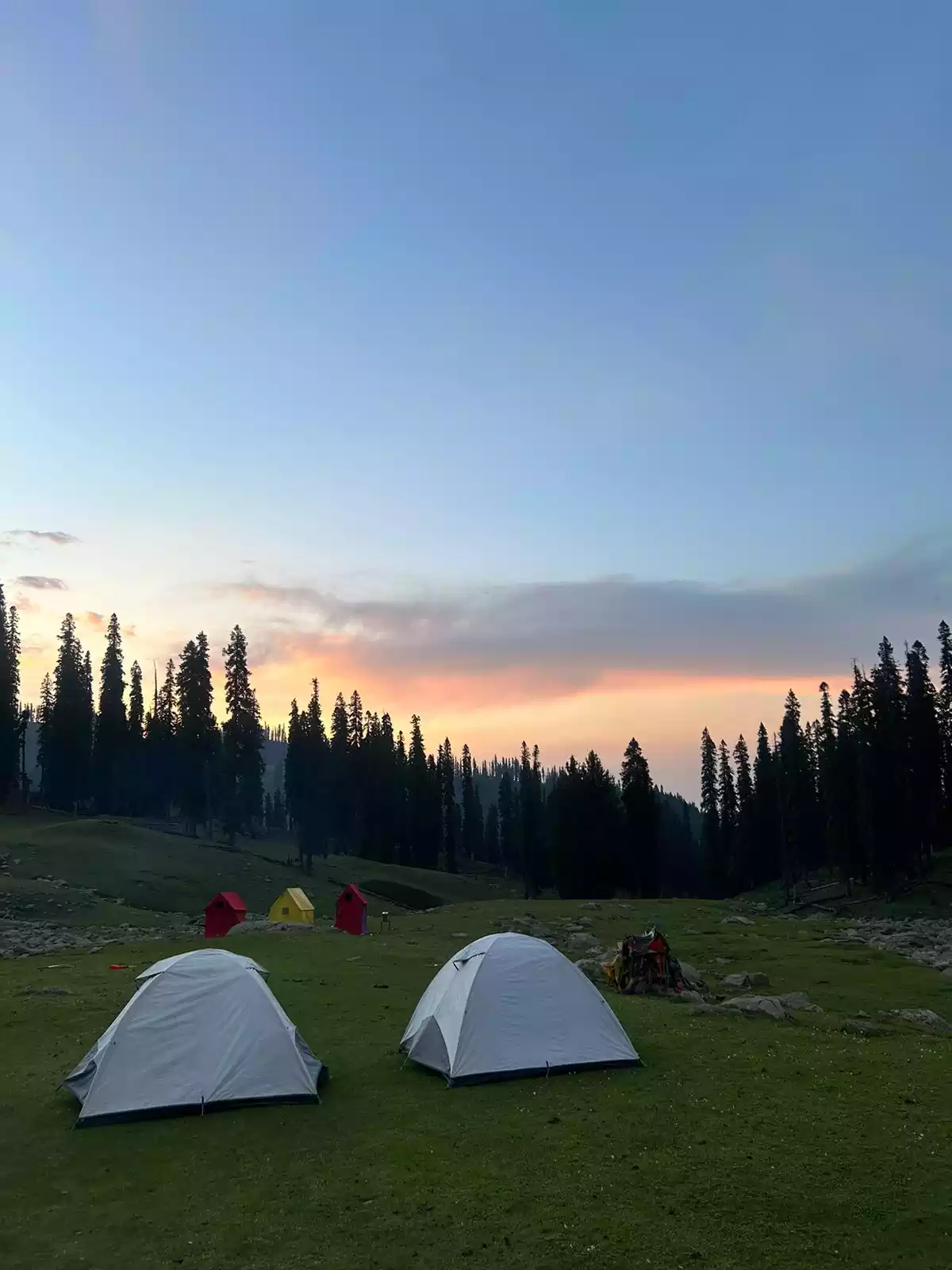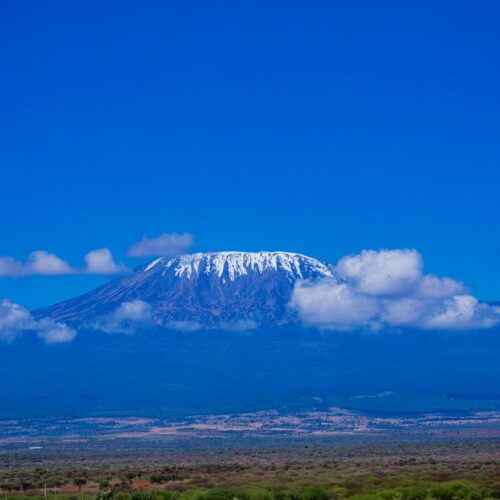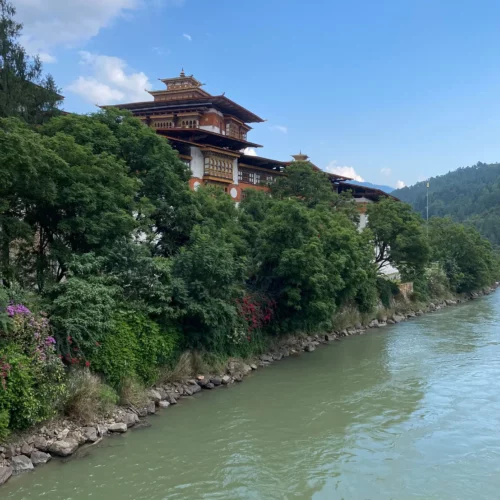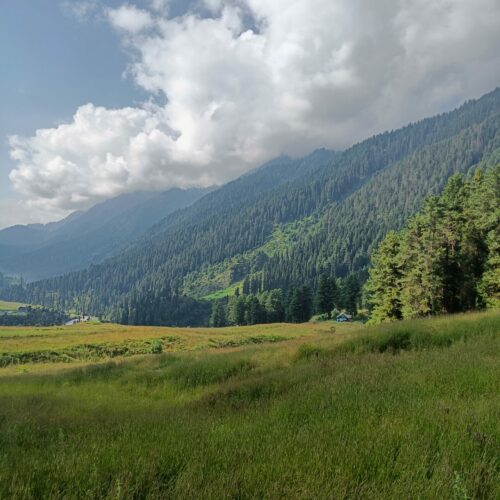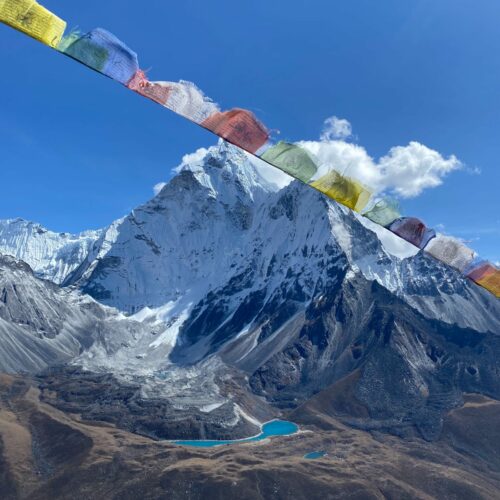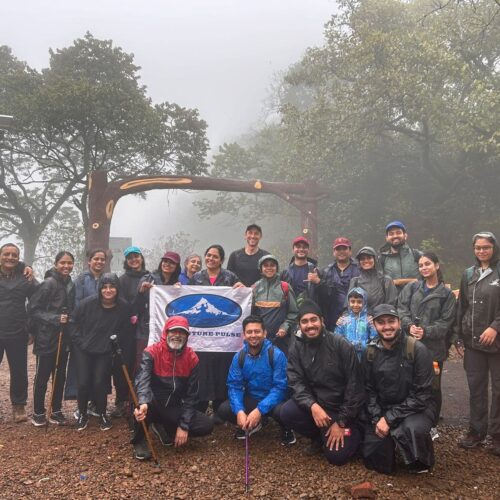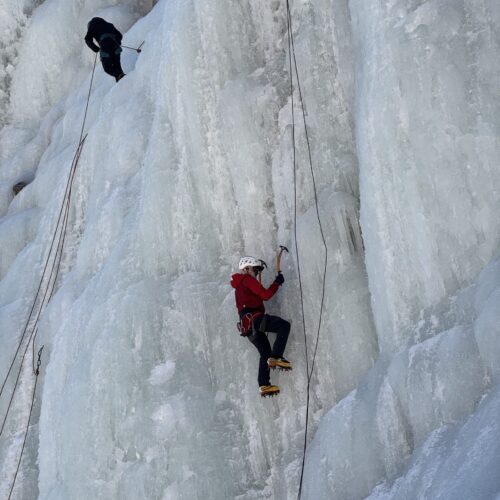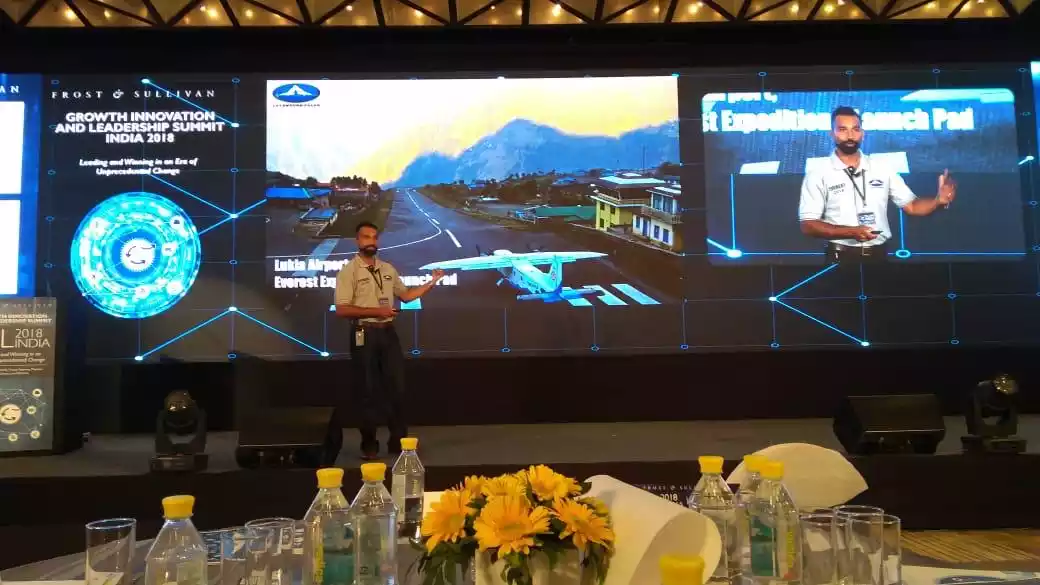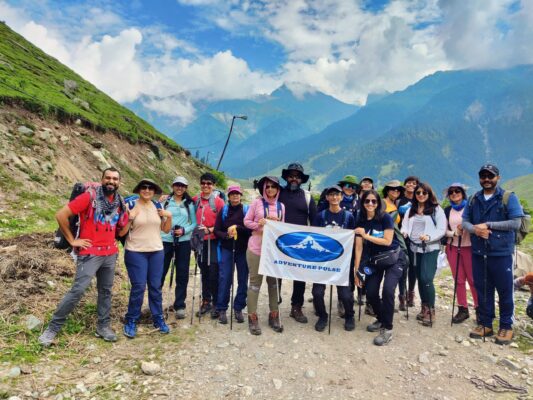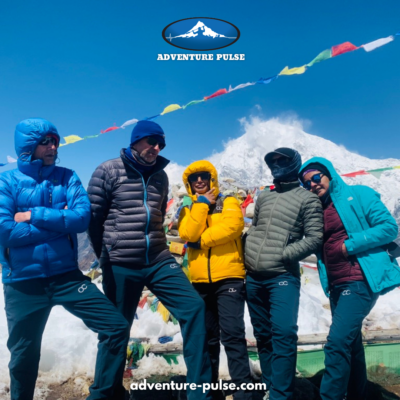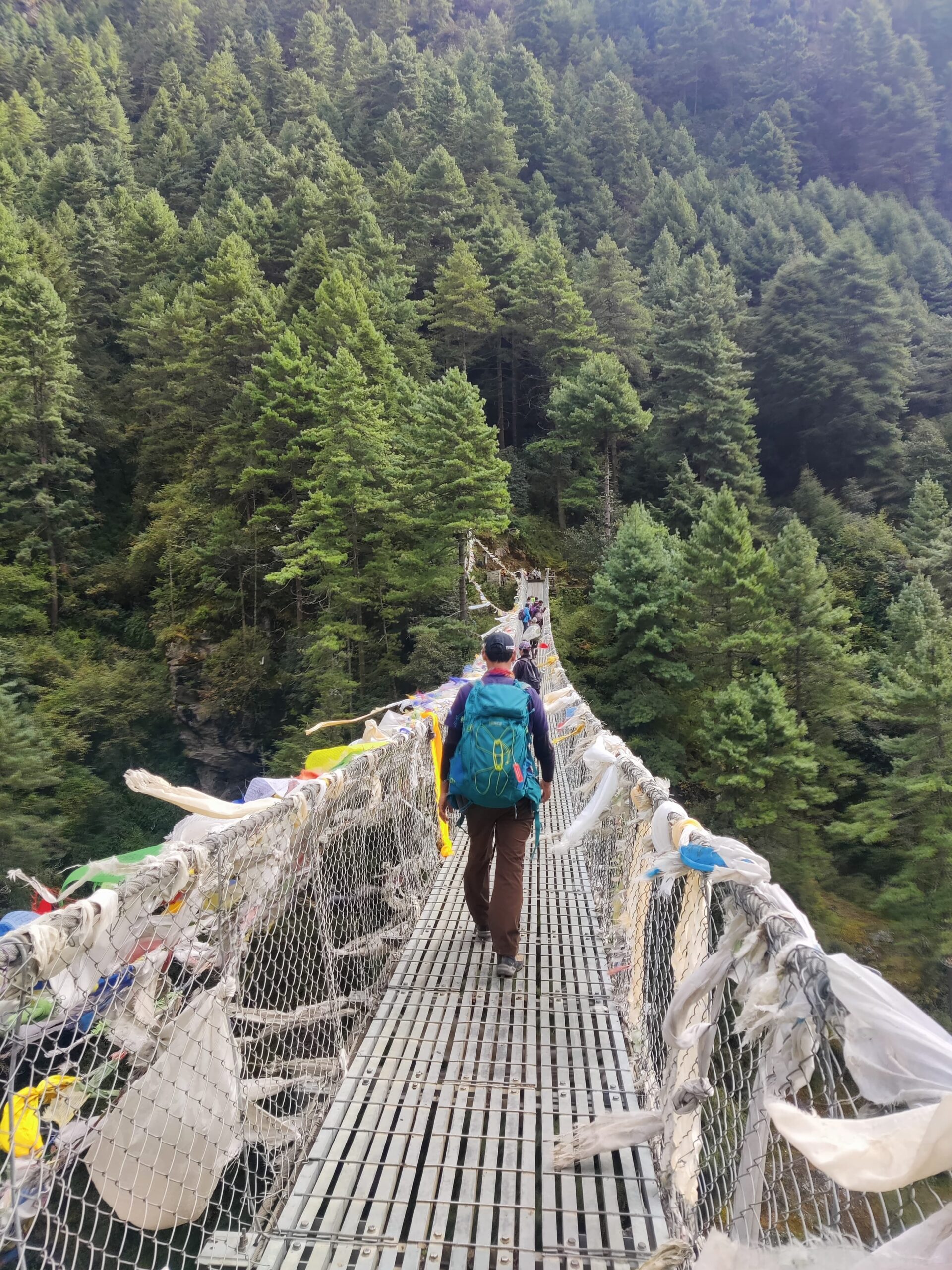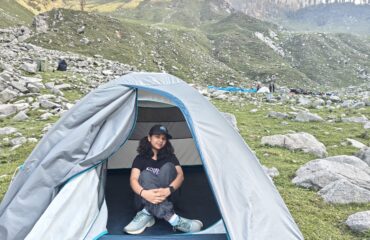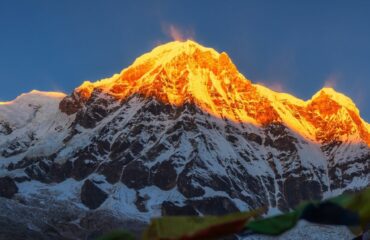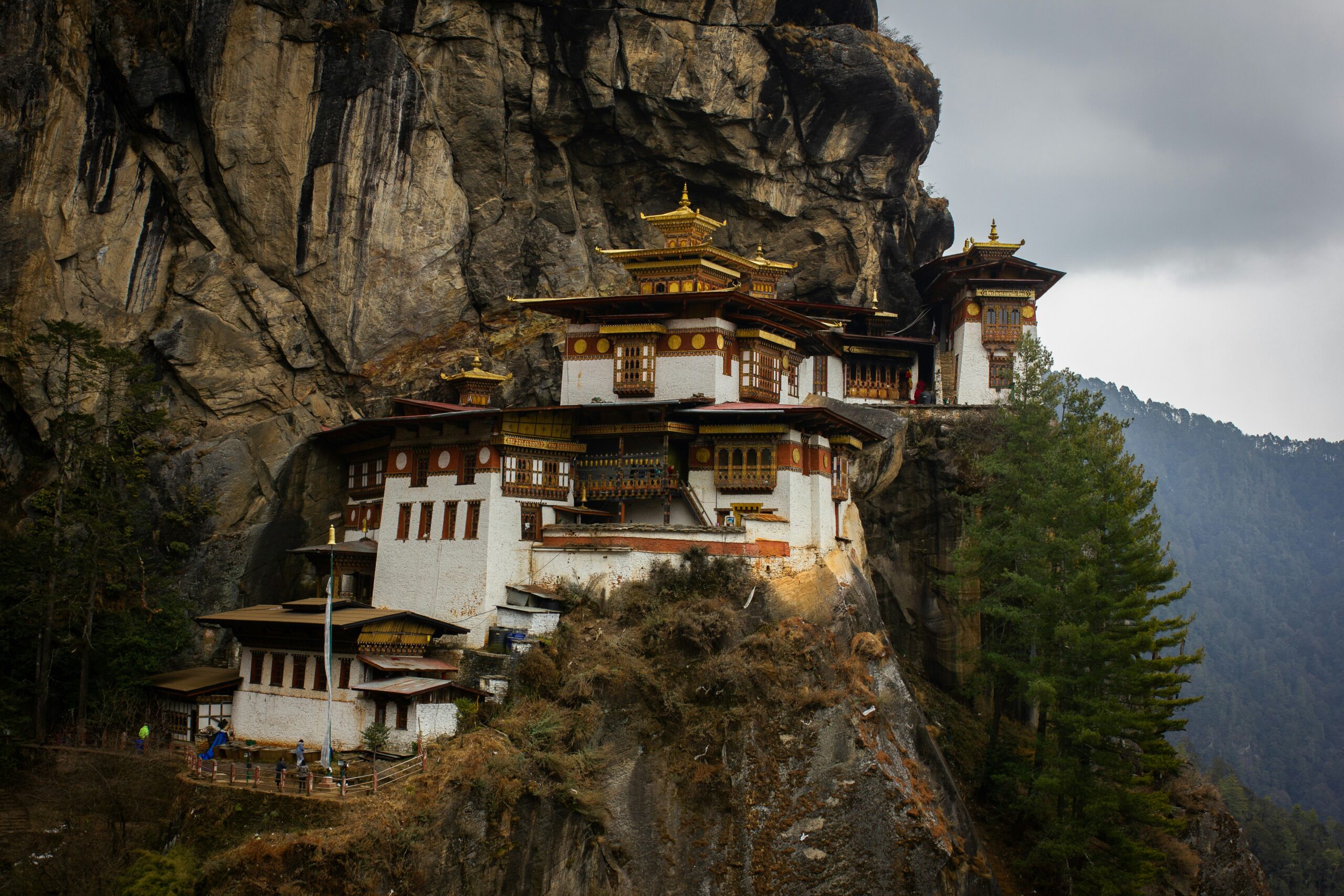
Bhutan
Bhutan is referred to as the ‘Land of the Thunder Dragon.’ Nestled in the lap of the eastern Himalayas, this country is the home to a small Himalayan kingdom. It offers an unparalleled experience for those who seek adventure and cultural depth. Bhutan’s land is mesmerized with a blend of untouched natural beauty and vibrant cultural heritage. Bhutan has been carved into a unique identity and is also known for its commitment to Gross National Happiness. The deep-rooted culture and Buddhist heritage permeate every aspect of life. The Bhutanese attire, language, and architecture highlight the country’s efforts to preserve the tradition in the era of modernization. The prayer flags, spinning prayer wheels, and the ancient dzongs serve as eyewitnesses to the spiritual traditions.
From the snow-capped peaks of the Himalayas to the lush green valleys, Bhutan offers diverse topography. The country boasts stunning trekking trails, including the famous Druk Path Trek. It also features landmarks like the Tiger’s Nest Monastery at Paro, which precariously sits on a cliff, enhancing its otherworldly beauty. Bhutan remains one of the countries that maintains a carbon-negative status, thanks to the lush forests that cover the entire country.
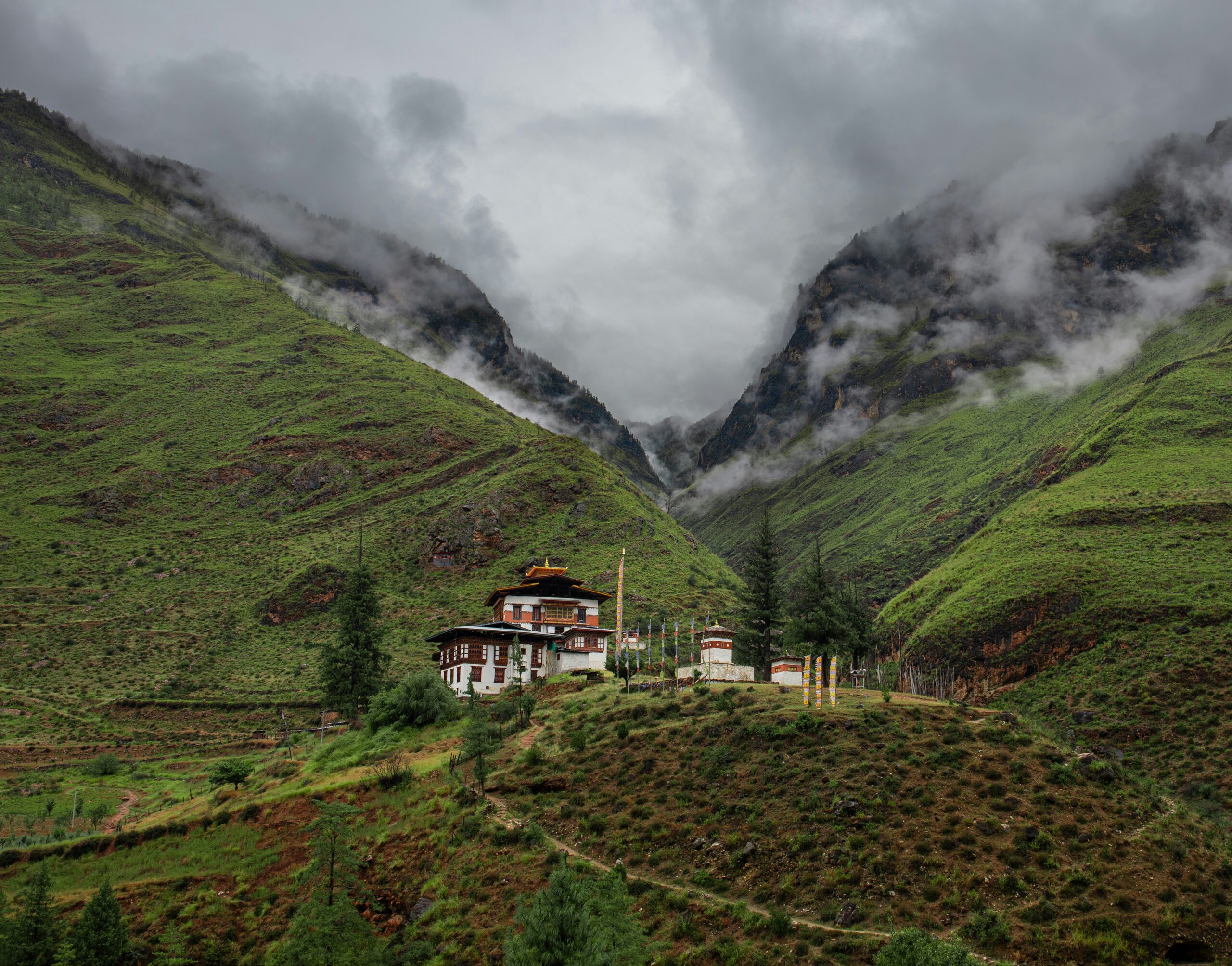
The country hosts a variety of flora and fauna and also protects areas like the Jigme Dorji National Park and Phobjikha Valley. These places, in turn, shelter the royal Bengal tiger and black-necked crane. Moreover, Bhutan attracts adventurers for trekking and rafting, as well as those seeking spiritual journeys. Thimphu, Punakha, Bumthang, and Paro offer, consequently, the best landscapes, blending culture and harmony. Ultimately, visiting Bhutan provides not just a lifetime experience but also a place where you can find peace and rejoice in the simplicity of its existence.
Overview of trekking in Bhutan
Bhutan seamlessly blends natural beauty with old traditions, which offers a thrilling adventure. It offers trekking options to beginners and experienced hikers alike. These treks start from the small villages to lush green forests, crossing crystal rivers to over high mountain passes. The panoramic landscape and the views of snow-capped Himalayas show a transition from greenery to rugged mountain terrain.
Along the way, the trekkers can witness the small traditional villages, monasteries, stupas, and prayer flags, which give a unique glimpse of the cultural heritage and harmony. A unique aspect of trekking in Bhutan is the focus on environmental sustainability and cultural preservation. To maintain sustainability, Bhutan has imposed daily tourism fees and also needs trekkers to hold permits. The authority also ensures the trekking activities do not lead to environment pollution. They also align this with the country’s philosophy of Gross National Happiness.
The Druk Path Trek is among the most popular destinations in the country. A moderate level trek, Druk Path takes you through an ancient route in the middle of the wilderness. This trek lies between important cultural cities of Paro and Thimpu. The other notable trek also includes the Jomolhari Trek and the Snowman Trek, which is the most challenging trek in the world. Treks in Bhutan have their own highlights, from ancient monasteries to alpine lakes and rhododendron forests. Trekking in Bhutan not only gives adventure experiences but also shares a journey to a realm of unspoiled nature. This Himalayan kingdom has a careful approach in maintaining tourism. It ensures the trekkers experience while respecting and protecting the unique destination.
Druk Path Trek Bhutan
The Druk Path trek is the most chosen trek of all treks in Bhutan and rightly so. The trek has accessible routes offering a combination of natural beauty, cultural immersion and modern physical challenges. It connects the two historic towns of Paro and Thimphu, which share landscapes with cultural heritage. This walk covers a distance of about 54 km and is completed in a span of 5-6 days. This is one of the best choices for trekkers of all levels. The highest altitude of the trek is 4,200 meters and considered to be a moderate trek. Druk Path does not need any mountaineering experience but needs some physical fitness of your body.
The ancient Dzongs of Paro Taktsang, which is also known as the Tiger’s Nest and remnants of historic monasteries can be seen on the path of the trek. These landmarks give a glimpse of Bhutan’s architectural marvels. The Druk Path trek’s landscape changes with every step including the lush green valleys of Paro and the blue pine forests of rhododendrons.
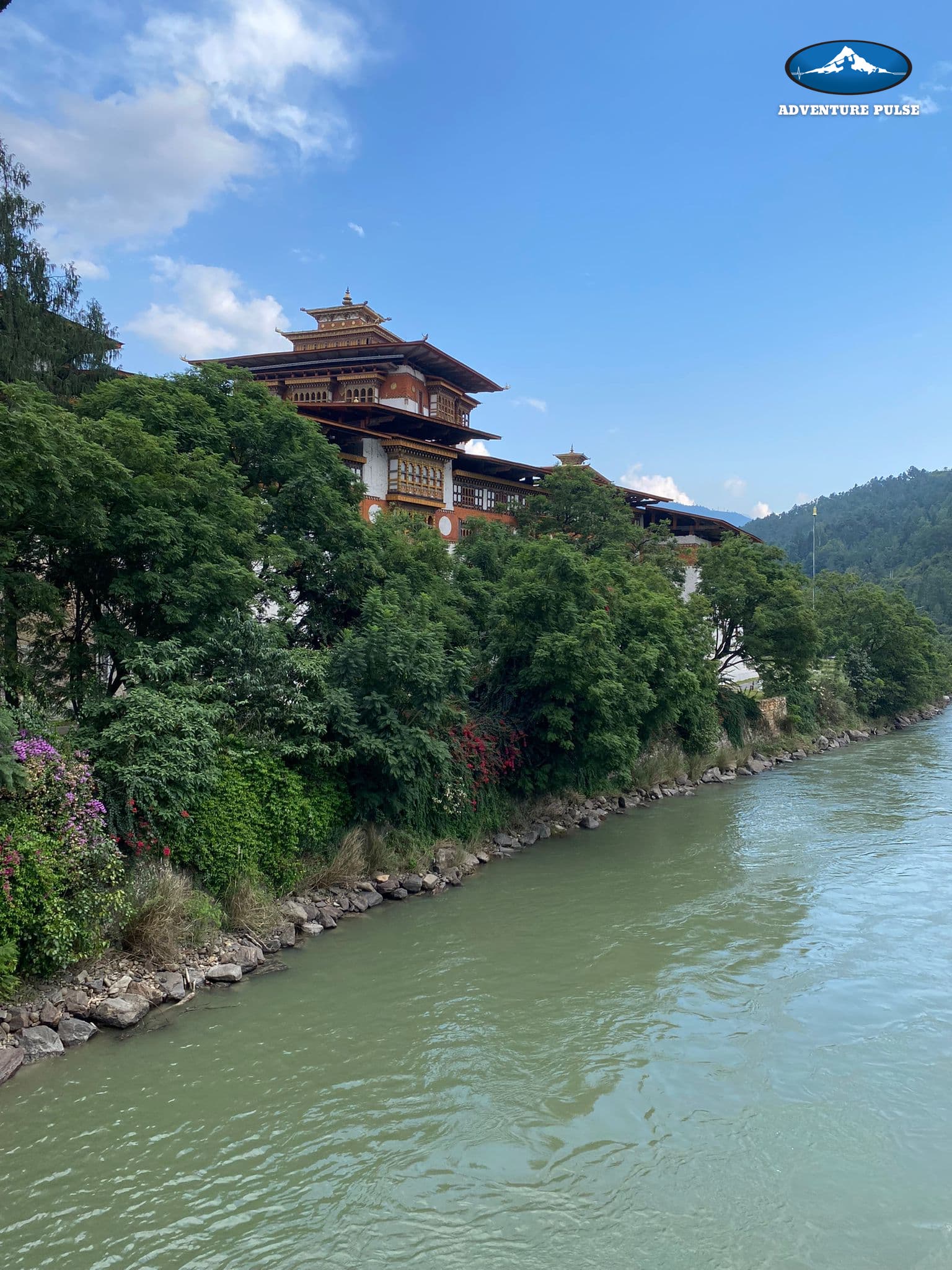
The major highlights are the alpine lakes of Jimilang and Simkotra Tsho, which offer the reflection of the snow-capped peaks nearby. These lakes also add spiritual significance, which is considered sacred in Bhutanese culture. Iconic peaks like Jomolhari and Gangkar Puensum can also be seen, which are among the world’s highest and are still not climbed by anyone. This trek is the journey that not only challenges your physical endurance but also gives your soul unmatched beauty with the tranquility of Bhutan’s landscape and culture.
Accessibility of Druk Path Trek
The Druk Path Trek connects two cities in Bhutan, Paro and Thimpu. While Bhutan has a tourism policy that places emphasis on sustainability and conservation, it is ensured by the country that the trek is accessible for international visitors who meet the guidelines.
To reach Bhutan, you can directly land at Paro International Airport, which is the primary gateway for international travelers. The major flights are Druk Air and Bhutan Airlines connecting Paro to other countries like India, Nepal and a few others. One can also see the breathtaking aerial views of Himalayan peaks and Kanchenjunga. However, flights to Paro can be very expensive and usually are also less frequent creating problems for trekkers on the journey.
The other alternative to reach Bhutan is from India. For those already residing in India, travelers can fly to Bagdogra which is a border town in Sikkim. From Bagdogra they can go to a small town called Pheuntsholoing in Southern Bhutan. The drive takes 5-6 hours from Bagdogra Airport. Most trekkers will have to spend a night in Pheuntsholing and then the next morning, complete visa formalities and continue another 4/5 hours joureny towards Paro.
Documentation
Now comes the major documentation part, for which you require you Identification Documents like passport or Election Card and visa form if you are a Non India.
Except for Indians, Bangladeshis, and the Maldives, all the other international tourists require visas to enter Bhutan. The visa is pre-approved through a licensed Bhutanese tour operator and is only issued at the time of arrival.
There is also SDF, which is the Sustainable Development Fee for promoting responsible tourism. And this varies upon the country you belong from and changes with time.
The trekking permit is also required, which is arranged only by the licensed tour operator and this permit is mandatory to ensure the safety and maintenance of the environment.
One of the most important regulations is also that no independent trekking is allowed in Bhutan. All treks must have a licensed Bhutanese tour operator with experience and licensed guides. Lastly, trekkers must follow Bhutan’s Leave No Trace Policy and also have restrictions on campfires and littering.
Reaching the trailhead typically starts in Paro, which is a short drive from the town center. The local transport is arranged by the tour operator. By following Bhutan’s policy and trekking with a licensed operator, the trek runs more smoothly and sustainably and enriches a thrilling experience on the trek.
Start and End Point of the Trek
The Druk Path begins in Paro, which is the home to Tiger’s Nest, Rinpung Dzong and other iconic landmarks. These are the must-visit places before starting the Druk Path Trek. The trailhead starts near the Paro Ta Dzong National Museum at an altitude of 2,200 meters. Paro also serves as an ideal place for acclimatizing and gathering supplies for the trek.
As the trek spans over 5 days, it covers the high altitude passes with alpine lakes and dozens of dzongs. The gradual ascent changes from the traditional charm of Paro to Thimphu’s dynamic atmosphere, which makes the trekking route culturally and visually enriching.
The trek ends in the capital city of Bhutan, Thimphu. This city shows a mixture of cultural aspects and modernity. Druk Path ends near the outskirts of Thimphu and trekkers are directly transported to their stays. The trek ends at an altitude of 2,334 meters, which offers stunning views of the mountains. The Tashichho Dzong and Buddha Dordenma statues can be seen on the way. You can also explore the nearby local markets in the evening.
Itinerary Overview
- Day 1 – Arrival in Bagdogra and drive to Phuentsholing for an overnight stay.
- Day 2 – Drive from Phuentsholing to Paro; visa formalities.
- Day 3 – Acclimatization Hike to Tiger’s Nest Monastery (3,110 m)
- Day 4 – Trek from Paro Damchena to Jangchulakha (3870 M)
- Day 5 – Trek from Jangchulakha to Jimilangtsho (3,880 m | 5-6 hours)
- Day 6 – Trek from Jimilangtsho to Labana (2,779 m | 6-7 hours)
- Day 7 – Trek from Labana to Thimphu via Phajoding (2,430 m | 7-8 hours)
- Day 8 – Drive to Punakha Valley for Sightseeing & Exploration (1,242 m)
- Day 9 – Drive from Punakha to Thimphu
- Day 10 – Drive from Thimphu to Bagdogra
Trail of the Trek
The Druk Path Trek offers trekkers a diverse and enchanting route into Bhutan’s culture and traditions. It starts from the serene lakes and leads to the ancient monasteries, immersing trekkers in the natural and spiritual environment with every step.
The trek’s diverse landscapes include forests, meadows, ridges, and alpine lakes. It begins in the lush green forests of blue pine, juniper, and colorful rhododendrons. As trekkers ascend gradually to higher altitudes, they encounter fields of vegetation. The open grassy meadows and ridges provide sweeping panoramic views of the Himalayan peaks. The alpine lakes at high altitudes, particularly Jimilang and Janetso, stand out as key highlights. These lakes mirror the immense beauty of the surrounding landscape.
Notable landmarks along the trek include dzongs and monasteries. Paro and Thimphu offer famous dzongs and valleys. Jele Dzong, a small fortress, gives trekkers a glimpse into Bhutan’s rich history. Meanwhile, Phajoding Monastery, near the end of the trail, provides spiritual insights and stunning views of Thimphu. The trek’s highest point, Labana Pass, offers mesmerizing views of Mount Gangkar Puensum, the tallest and unclimbed peak in Bhutan.
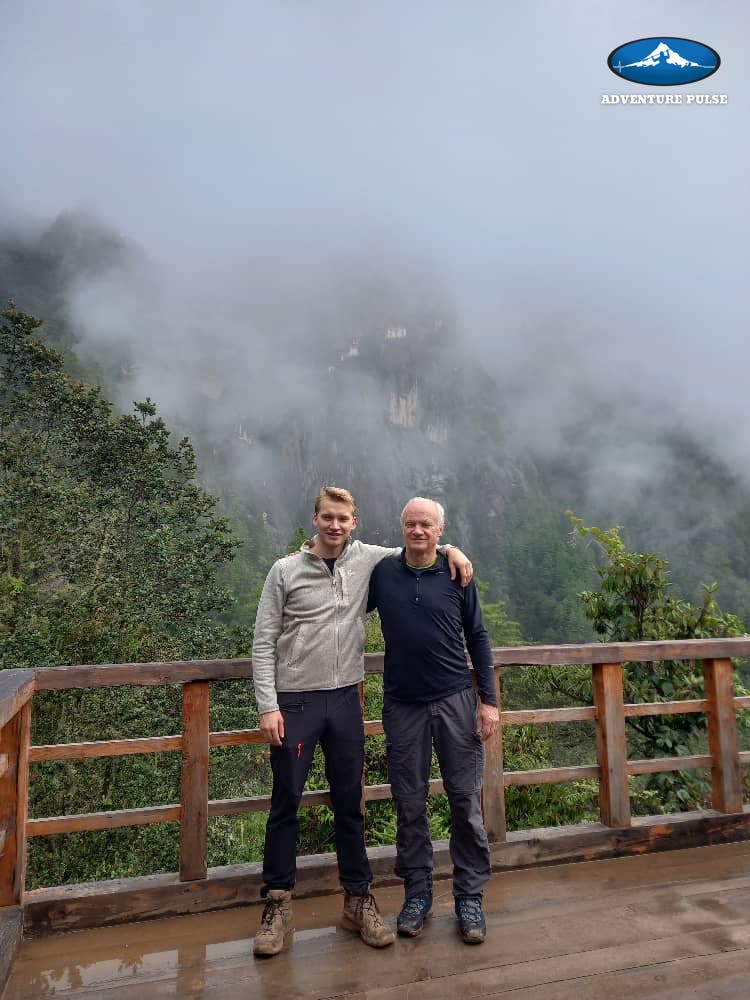
The trail features moderate ascents and descents with manageable climbs and descents. It suits both beginners and experienced trekkers. The altitude ranges from 2,200 meters in Paro to over 4,000 meters at Labana Pass. The descent into Thimphu brings trekkers back to an elevation of 2,400 meters. Though the trail is well-marked and maintained, trekkers still need a guide for navigation and to gain cultural and historical insights into each location. Throughout the journey, breathtaking views of the Himalayas reward trekkers. The ridges offer vantage points for stunning sunrises and sunsets. Snow-capped Himalayan peaks like Jomolhari and Gangkar Puensum further enhance the landscape’s beauty.
Camping Experience on the Trek
The camping experience in Bhutan is committed to sustainability and environmental conservation. This can be seen in the camping culture near the villages and camping areas. The waste management is handled very responsibly, ensuring all the non-biodegradable wastes are carried along. The trekkers are guided to respect the local flora and fauna. This keeps maintaining the country’s unspoiled beauty.
Camping on the Druk Path Trek is more than an unforgettable experience. It is a holistic chance to connect deeply with Bhutan’s pristine environment and unique culture. The major highlights on the Druk Path Trek are the clear night skies, which reveal a dazzling display of the stars. Trekkers experience peace and solitude in the lap of nature, far from the noisy cities. The scenic location near the alpine lakes offered at camping sites of Jimilang Tsho and Janetso provide a tranquil spot where trekkers can camp in shimmering water. The other spots for camping are the grassy meadows at higher altitudes. These campsites offer breathtaking views of the Himalayan landscape and star-studded night skies. Lastly, you also get the chance to camp near the dzongs and monasteries, which allows you to immerse deep into Bhutan’s culture.
Bhutan follows the strict guidelines to preserve nature and culture. So they encourage the Leave No Trace policy, which impacts the fragile ecosystem.
Adventure Pulse Campsite
When you land in Bagdogra or Paro, you will spend your first night in a hotel in either Pheuntsholing or Paro, depending on the itinerary. On Day 2, you will stay in Paro and go for an acclimatization hike to Taksang (Tiger’s Nest Monastery). On Day 3, the team will drive to the starting point of our trek, where our camping journey begins. Adventure Pulse campsites remain well-maintained and beautiful, with all the necessary logistics in place for a comfortable stay. Our campsite will include:
Sleeping Area: We arrange sleeping tents for comfort. We provide sleeping bags, foam sheets, and mattresses to each trekker.
Dining Area: A dining tent, furnished with stools and tables, serves hot meals and is lit by solar lights at night for a cozy atmosphere.
Kitchen Area: Our cook and helpers prepare daily hot meals here.
Toilet Facilities: We set up toilets at a distance from the dining and sleeping areas for convenience. Our toilets include both Indian-style ground pit loos and flushable bio-toilets.
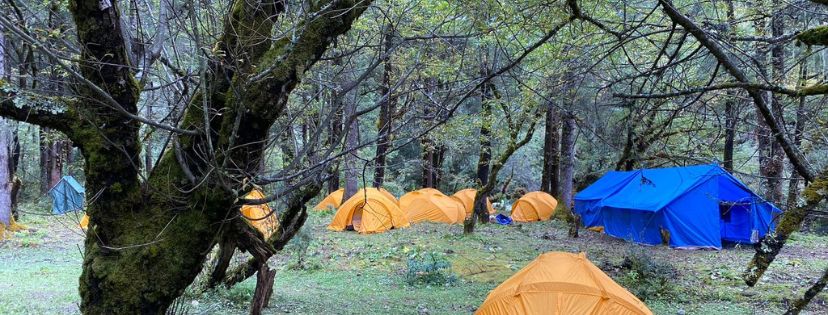
What are food and water arrangements on the trek?
The cooks accompanying you on the trek prepare nutritious meals. We serve a mix of Bhutanese dishes and global cuisines, always hot in the dining tents. Tea and coffee are available at all times to keep trekkers warm in the cold conditions. We provide water from natural streams, which we boil for cooking and consumption. You will receive safe drinking water, boiled at every campsite.
Our team also carries water purification drops in case of need. Yaks or porters carry all ration, camping logistics, and other supplies.
How will I carry my bags on the trek?
With our backpack offloading services, trekkers do not have to carry their rucksacks while trekking. Our team will load your duffel or rucksack onto the mules or carry them with porters.
You will only need to carry a small daypack with essentials like a light jacket, windcheater/raincoat, water, and your packed lunch. For a list of items to carry on the trek, refer to our recommended checklist.
Expected weather and temperature on Druk Path Trek
The Druk Path Trek offers diverse weather condition due to varied altitude. As the elevation goes higher, the temperature ranges from subtropical weather in the south of the country to frigid in the north. The best seasons for the Druk Path are the months of spring and autumn.
The spring months start from March to May and this season showcases the stunning landscape with blooming rhododendrons and verdant forests. The weather is clear and makes it comfortable for trekking. Skies are covered with mild clouds and occasional rainfalls are expected in late springs. Whereas, temperature ranges from 10°C to 20°C during the day, and at night it drops to 0°C or even lower in higher altitudes.
Autumn comes in September and ends by November. These months have crystal clear skies, which offer unparalleled views of the Himalayan peaks. The weather is pleasant and is perfect for outdoor activities. The skies are covered with minimal clouds, which ensures breathtaking views throughout the trek. Temperature lies between 8°C and 18°C, sunny and pleasant, and at night it drops to 5°C or lower.
The weather conditions are challenging during the trek, as sometimes the nights get more frigid. Even during the spring and autumn, the temperature drops significantly and requires insulated sleeping bags and thermal wear. The occasional rainfall in late spring makes the walk slippery and muddy. Must carry waterproof shoes with good grip and rain jackets with bag covers. The higher altitudes are wide and have open ridge areas, which get colder. Especially in the evening and early mornings, one can experience chilly winds so layering becomes important.
Highlights of the Druk Path Trek in Bhutan
- The ancient monasteries and the Dzongs are the major highlights of the Druk Path Trek. One of the oldest is the Simtokha Dzong in Thimphu and others include the Jimilang Tsho Monastery and Tiger’s Nest Monastery. These monastaries show the traditional architecture and artistry of Bhutan’s sacred sites.
- The walk past the tranquil alpine lakes of Jimilang and Simkotra. These lakes showcase the pristine reflections of the mountains and skies in the water. The shoreland is perfect for picturesque postcard worthy shots and peaceful breaks during the trek.
- As spring brings rhododendrons, this transforms the trail with vibrant colors. The colorful landscape of red, pink, and white blooms the trek and makes it photogenic.
- The Bhutanese culture welcomes the travelers with their warm hospitality. Starting from traditional meals to customs and engaging locals in learning their unique way of life.
- The spectacular campsites under the stars amidst the pristine beauty of the Himalayas. The camping experience within the country gives exposure to the local culture and tradition.
- One can spot wildlife such as blue sheep, yaks and various bird species. This trek offers the best captures for the birdwatchers.
- The sunrise and sunset give breathtaking views of the Himalayas. The unobstructed vistas of Bhutan also include the iconic peak of Jonolhari.
Conclusion
Druk Path Trek is one of the most enchanting trekking experiences in Bhutan. The trek is a mixture of thrilling adventure, cultural exploration and natural beauty. Druk Path in Bhutan gives a perfect introduction to the untouched wilderness and rich traditions, making it a must-do adventure for every seeker out there. The trek is a blend of harmonious adventure and culture as it takes you to the breathtaking landscape, which allows you to witness the Bhutanese tradition firsthand.
The commitment to protect nature and heritage is evident at every step in Bhutan. The government’s regulation of tourism and guided trekking shows the effort of the countries to protect the environment and promote responsible tourism. Druk Path is just not the trek but an invitation to explore a land where time stands still and nature rings supreme. This is a chance to connect to the Himalayas and discover the cultural treasure of Bhutan.
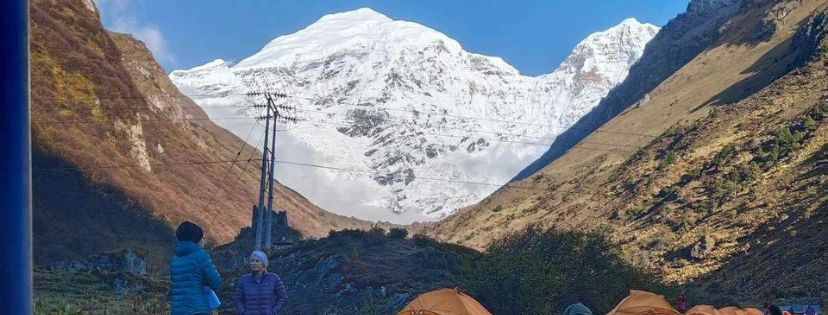
Follow us on Social Media – Trip Advisor | LinkedIn | Instagram
Blog Credits – Nabamita Choudhury

